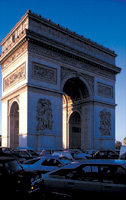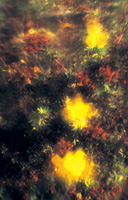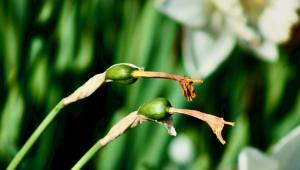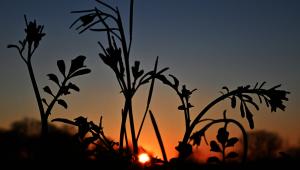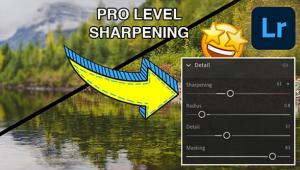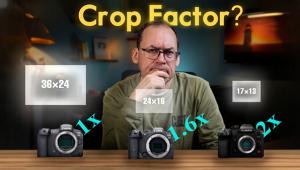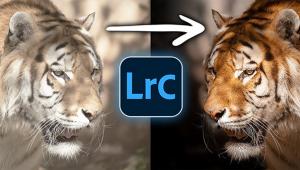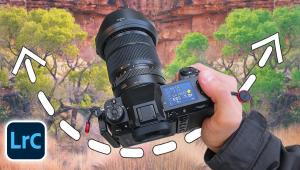There's More To Lenses Than Focal Length
Six Thoughts On Buying Your Next Lens
Ask most photographers what
lenses they would like to add to their outfits, and the first thing
they start talking about is focal length: one wants an ultra-wide, another,
a fast tele for sports photography, and so forth. 1) The Speed Factor |
||||||
2) Compact Size |
||||||
3) Filter Size 4) Close Focusing |
||||||
5) Shift Capability 6) Soft Focus
|
- Log in or register to post comments



